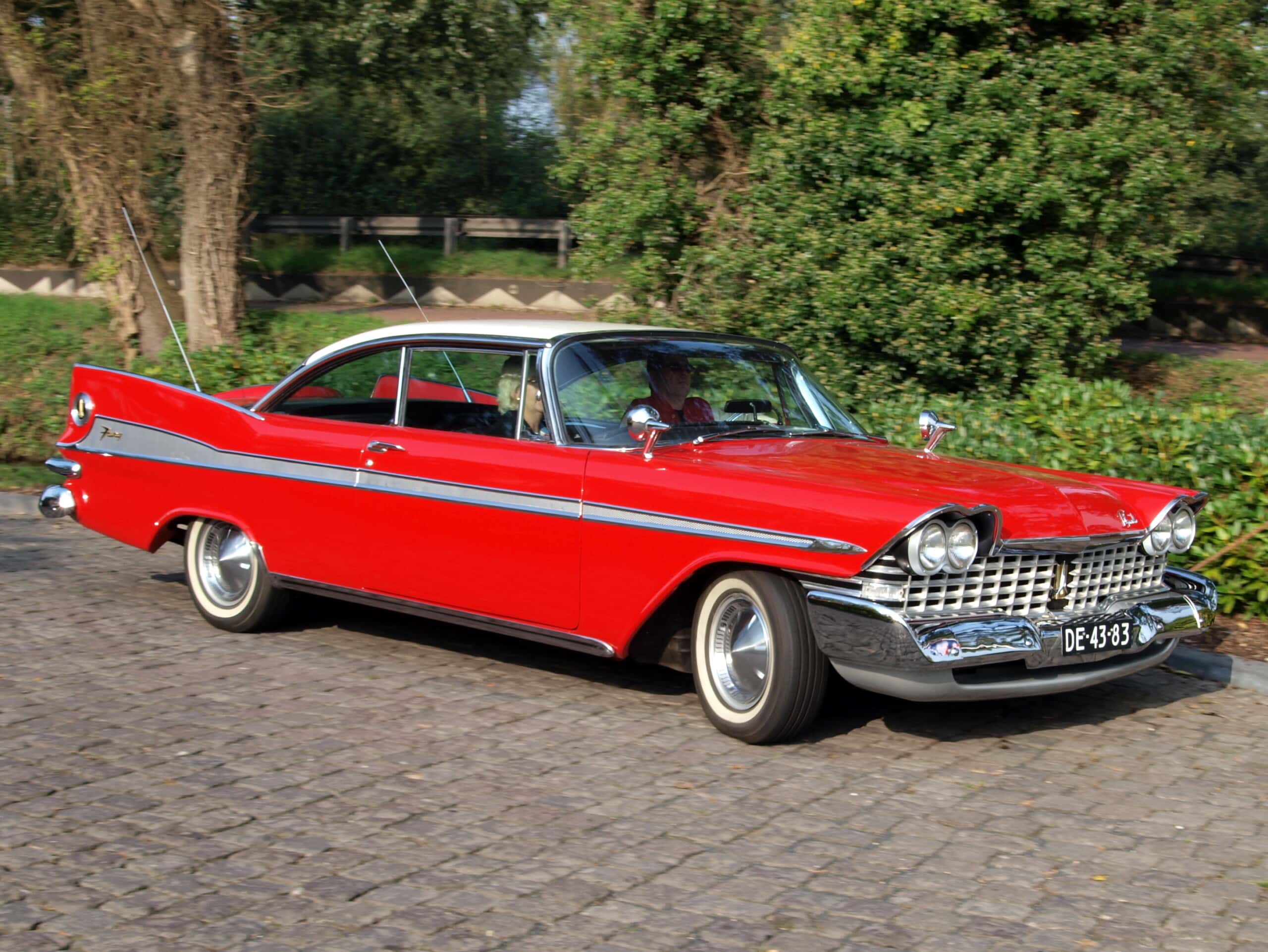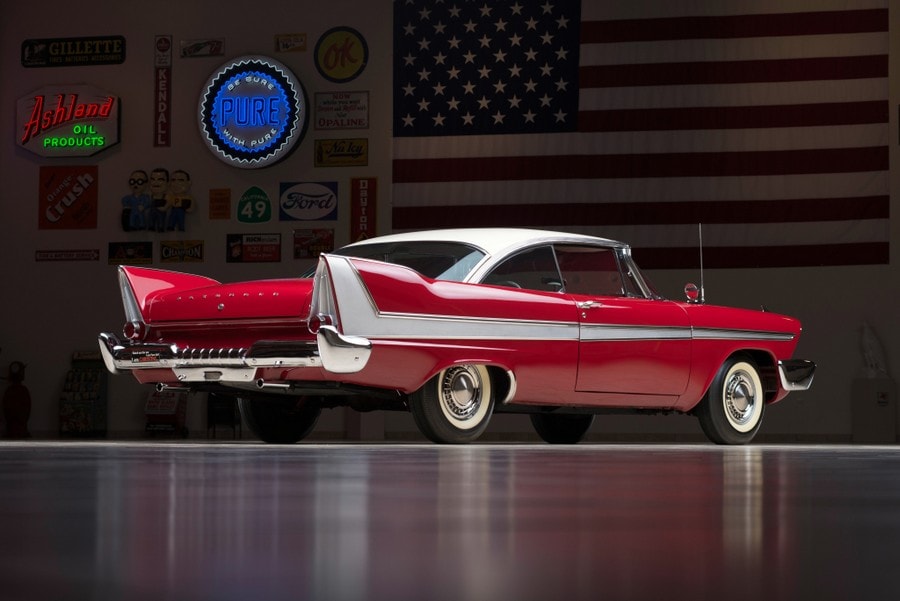The Plymouth brand was introduced in 1928 as a low-cost manufacturer positioned below Dodge and Chrysler. It occupied that market position for decades up to the end of its lifespan. Plymouth has always been successful as its sales numbers were just behind Ford or Chevrolet. Plymouths were regarded as dependable and high-quality automobiles at affordable prices, which meant they appealed to a broad audience.
However, when muscle cars exploded on the American car scene, Plymouth realized it could be more than just an economy car company. It jumped on the performance bandwagon, using the best Mopar engines and delivering exciting cars to the public. Today, we’ll remember Plymouth’s best muscle cars. These vehicles became classics of the genre due to their style, power, speed, and even the fact that the company was no longer in business. Chrysler discontinued Plymouth in 2001, leaving the automotive world without one of its best performance brands. Let’s look back at just why that was the case.
Plymouth Fury (1958)

Before the Fury was a separate model, it was an option on Belvedere. In 1958, this model benefited from Chrysler’s new Golden Commando engine. The mighty Hemi was gone but Chrysler didn’t abandon the performance market. The Golden Commando had 350 CID displacement, better equipment, and 305 hp (via How Stuff Works).

Plymouth even experimented with a fuel injection setup but the system proved very problematic. This caused the factory to compensate owners and give them a conventional four-barrel setup. If the fuel injection worked as it should, it would have produced up to 315 horsepower.
